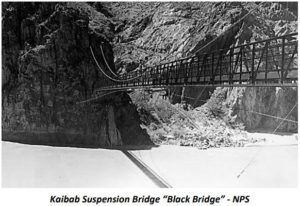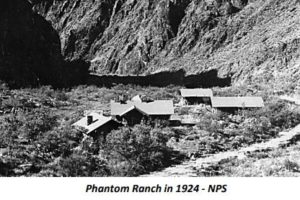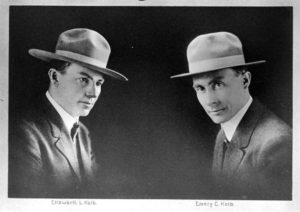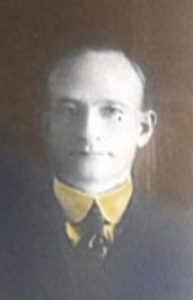



The first two volumes of this 100-mile history covered nearly 250 years, during which more than 1,000 people walked or ran 100 miles within 24 hours. Thousands of others tried, and many reached that milestone in less than 30 hours.
Volume three covers only three years. Why? Starting in 1977, the 100-mile and 24-hour races received much more publicity and participation. Enthusiasm for the 100-mile distance exploded and the ultrarunning sport entered a new phase of its history. Many 100-mile races were being opened for anyone to try, and there were no lotteries yet. In 1977, there were at least eight 100-mile races, and ten 24-hour races held across the world.
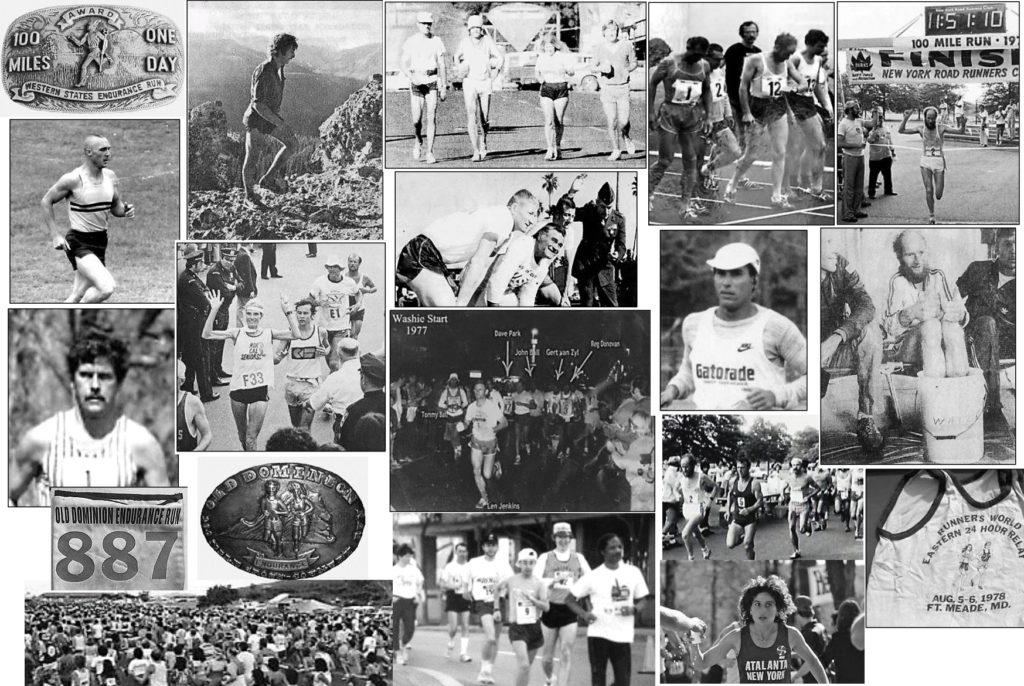

Other 100-mile races started to be held. 1978 saw the establishment of the Unisphere 100 at Flushing Meadows in New York City and the Fort Meade 100 started in Maryland. In England, the LDWA trail 100 challenges continued to be held each year since 1973. 100-mile walking races were held both in America and England.
In the late 1970s, Hawaii had the most runners per capita than any other state. Some called it the “running capital of the world.” Hawaii was also an early adopter of ultra distance races. In 1978, they introduced a 100-mile race, adding it to their already massive ultras of other distances.
The races would be nothing without the runners and their stories. This volume will include spotlights on the amazing 100-miler runners during the late 1970s, including Don Ritchie, Park Barner, Ted Corbitt, Marcy Schwam, Frank Bozanich, Don Choi, Andy Gonzales, Max Telford, Ruth Anderson, Ed Dodd, Tom Osler, Nick Marshall, Skip Swannack, Alan Price, Pat Smythe, Bill Lawder, Rich Innamorato, Ray Krolewicz, John Cappis, Mike Catlin, Gordy Ainsleigh, Cowman Shirk, Jim Shapiro, Jack Bristol, Lion Caldwell, Stu Mittleman, Frank MacMillan, Brent Weigner, Don Marvel, Paul Ryan, John Kenul, along with many unheralded, nearly forgotten runners, who courageously toed the start lines and finished the races.
This is the sixth book in the Ultrarunning History series. Others include: Running 100 Miles: Part 1: A History (1729-1960), Running 100 Miles: Part 2: A History (1961-1976), Strange Running Tales: When Ultrarunning was a Reality Show, Grand Canyon Rim to Rim History, Frank Hart: First Black Ultrarunning Star






